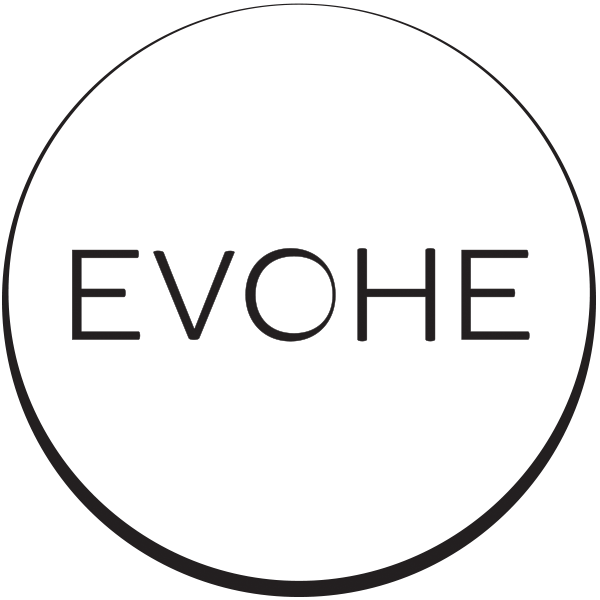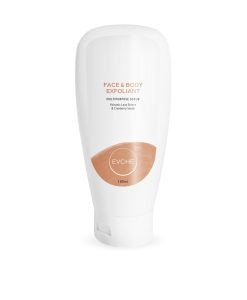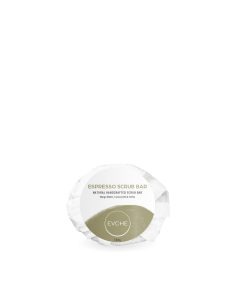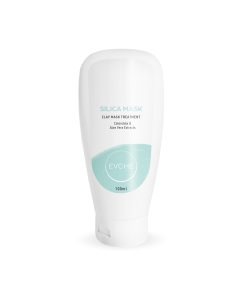No products in the cart.
Your Guide to Exfoliation At Home
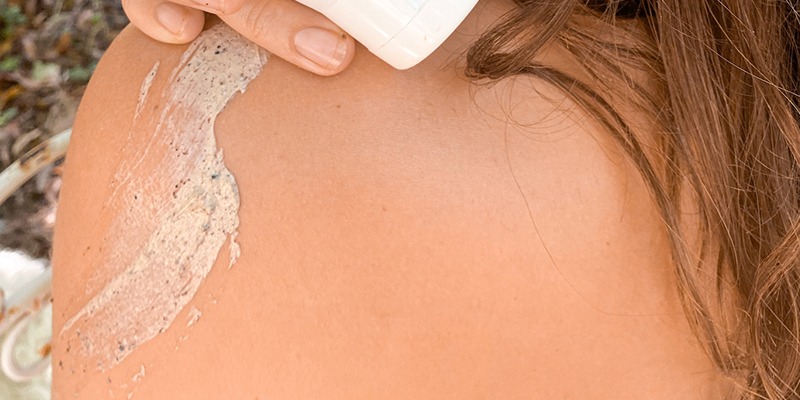
31
Jul
Did you know that although our skin cells shed naturally, sometimes they don’t shed completely? This can leave your skin feeling dry and flaky. But there’s a simple way to fix this and it’s called exfoliation!
Exfoliation is the process of removing dead, dry and dull skin cells from the outer layer (also known as the epidermis). You may have heard that it’s not a necessary step in your skin routine, but we’re here to tell you that it can make all the difference – if done right!
Why should I exfoliate?
These left-over dead skin cells can cause havoc for our skin. Not only does it increase the likelihood of clogged pores and therefore acne and breakouts, but it also inhibits the skin from properly absorbing moisture. This means that when you’re applying your moisturisers and serums, they’re not really working effectively.
Regular exfoliation removes dead skin cells allowing your skin to absorb moisturiser effectively for fresher, healthier skin. It also works to stimulate your skin, encouraging collagen production and giving your skin and overall more even tone and texture. With long-term use it can also assist with targeting ingrown hairs, cellulite and stretch marks along with assisting in reducing fine lines and skin sagging.
When in my routine should I exfoliate?
 You might be asking yourself, should I exfoliate or cleanse first? Do I use my serum somewhere in-between?
You might be asking yourself, should I exfoliate or cleanse first? Do I use my serum somewhere in-between?
We understand that skincare can be confusing and that’s because the answer is that it is different for everyone! Generally, you should follow a routine of cleansing, exfoliating, moisturising and then applying serums and other treatment products. But we always recommend listening to your skin and what it needs, this may mean swapping or replacing products as you feel works for you.
One tip we do recommend following is to avoid multiple exfoliating products at once as this can harm your skin and cause irritation. This means skipping your exfoliant if you are going to do a mask or use any harsher medicated products that may have an exfoliating or peeling effect.
How regularly you exfoliate is also dependent on you and your skin. As a rule, we usually recommend exfoliating 1-3 times per week, however this differs with the strength of the product you’re using and the condition of your skin. Again, see what works best for you and your skin, paying attention to how your skin responds afterwards.
Exfoliating for sensitive or acne prone skin types
Most skin types are compatible with exfoliating, but those with sensitive or acne prone skin types need to be slightly more mindful of the types of exfoliators they use and how they exfoliate.
If you have any type of visible irritation on your skin such as eczema, psoriasis or dermatitis or have any open wounds, it is best to avoid exfoliating altogether. Even the safest and most natural product could irritate skin in this condition.
For those with acne-prone skin, we know that scrubbing your face seems like a good idea (and can feel really good too)! But we recommend gently compressing your exfoliant on your face, rather than scrubbing or massaging as this can cause further stress, irritation and even pigmentation and scarring to your skin. The first step in recovery from acne should be to nourish and heal your skin, rather than try to scrub it away.
For those with sensitive skin we also recommend gently compressing your exfoliant rather than scrubbing harshly. You could add a warm, face cloth while you compress for extra soothing benefits. It’s also best to stick with gentle natural exfoliants and avoid ones with high active or medical ingredients.
How to exfoliate your face and body
You might like to opt for a DIY exfoliator which can include ingredients such as coconut oil, honey, brown sugar, rolled oats just to name a few. But to get the full benefits, a professional skincare product is likely to get you the results you desire, with carefully formulated ingredients to help target your concerns.
As we know, the skin on our face is more delicate and prone to irritation. This means that there are slightly different rules when exfoliating your face versus your body.
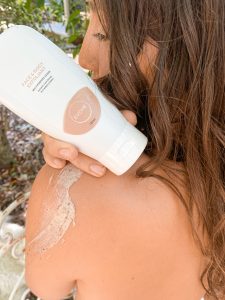 For your face, it’s important that you use a scrub that is designed for the face or both the face and body, not just the body. This is because scrubs designed specifically for the body are harsher and could cause damage and tears to delicate skin on the face. When applying exfoliator to your face, you generally want to start with a damp or wet face and apply either by compressing or massaging (very gently) onto your face before rinsing off. We recommend our Face & Body Exfoliant which provides gentle, but potent exfoliation for your face and body.
For your face, it’s important that you use a scrub that is designed for the face or both the face and body, not just the body. This is because scrubs designed specifically for the body are harsher and could cause damage and tears to delicate skin on the face. When applying exfoliator to your face, you generally want to start with a damp or wet face and apply either by compressing or massaging (very gently) onto your face before rinsing off. We recommend our Face & Body Exfoliant which provides gentle, but potent exfoliation for your face and body.
For your body, you can use any scrub you like, although face-only scrubs tend to be less harsh and therefore may not give you the results you’re expecting for your body. Go with a body only or a combined face and body scrub for the best results. As this skin isn’t as delicate, you can really massage the skin deeply. We recommend starting with dry skin for the most effective exfoliation before washing off in the shower, try adding in an exfoliating glove or brush while scrubbing for extra benefits. We recommend our Face & Body Exfoliant or Espresso Scrub Bar to really tackle the dry skin all over – including those tougher areas like elbows and feet.
